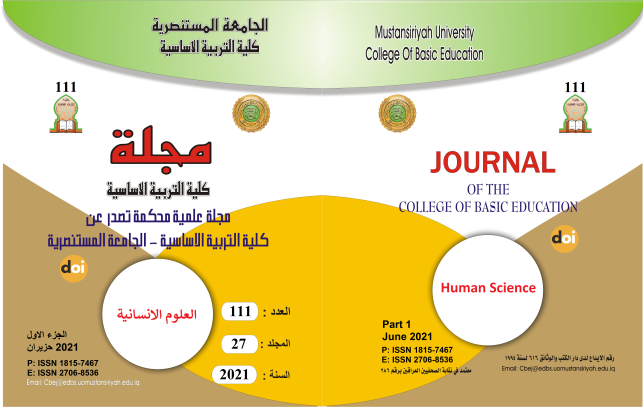Spatial analysis of land uses at intersections in Baghdad
Main Article Content
Abstract
Attempts are continuing to address the problems of cities related to their land uses, including transportation, to keep pace with the population increase and to meet the requirements of that increase by ensuring their mobility and ease of access between the city’s areas and parts and intersections, one of the most important of these uses because they are meeting points and then separate roads and stop them sometimes.Al-Nidaa mosque intersect a model of the functional role that this type of land use for transport purposes is being played by what is witnessed by a traffic volume that is higher than its absorptive capacity during the peak and at a level of efficiency ranging between (good and average) for most of those times if compared to the period of stopping traffic before crossing which is (1-5) Minutes for most of the peaks, with the exception of traffic in the northern and southern directions of Abi Talib Al-Sabah Street in the intersection, where efficiency is low due to the increase in the vehicle stopping time at the intersection between (15-20) minutes during the morning and noon peaks, which requires the development of planning and design solutions for land use for transport alongside some Legal traffic procedures to raise the level of efficiency of the intersection
Article Details

This work is licensed under a Creative Commons Attribution-ShareAlike 4.0 International License.
